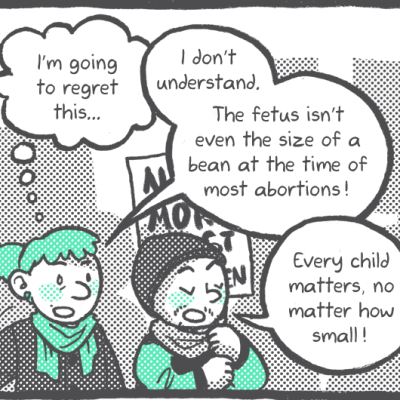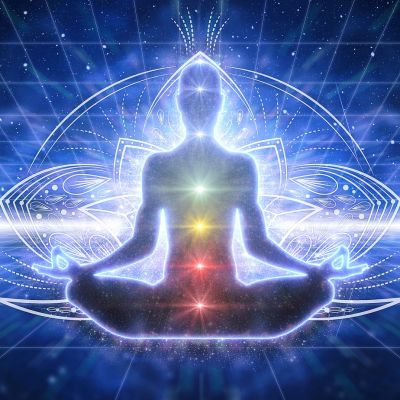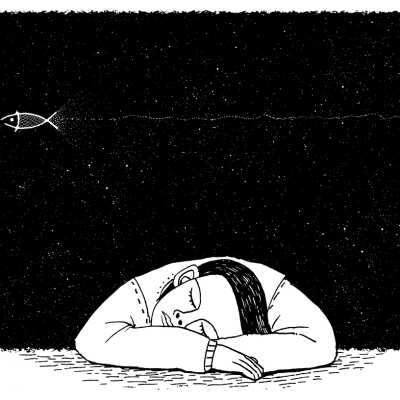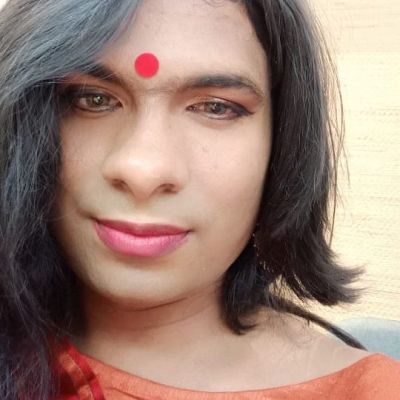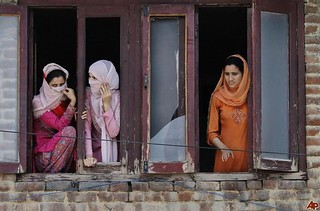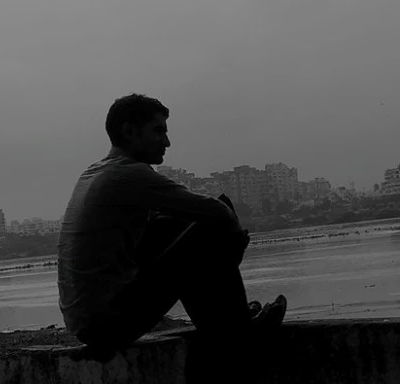Sexuality
Pro-life arguments have invoked faith and religion to decry a person’s right to seek an abortion, and the right to decide what to do with one’s body. But, as Everyday Feminism’s comic, The Hypocrisy of Pro-Life Rhetoric, breaks it down for us, it is not with religion or faith where the problem lies.
Or is spirituality something larger, existing in itself, a consciousness much larger than sex, with sexuality being a smaller part, one that is bound to the body, a physical act of pleasure in the temporariness of time and space expressed through the body which is a limited instrument for it?
What do we create for ourselves in that moment of acute awareness? Do we create empowerment, love, care, self-expression; or do we manipulate it to create abuse, distrust and disharmony? For, what is spirituality if not the uplifting of the human spirit? If sexuality is the medium for someone, what’s the problem?
In this mid-month issue we bring you some more interesting and intriguing articles on masculinities and sexuality starting with Mona Mishra’s thoughtful take on masculinities and vulnerabilities. Shikha Aleya interviews Daniel Mendonca who self-identifies as intersex and is a gender rights activist who engages with diverse groups of people in India and other countries to expand awareness, build empathy and foster an environment that is accepting of diversity.
The inability to correctly identify, express and soothe (all three without exception, and in no particular order) inner vulnerabilities and imperfections is the weakest link between asserting masculinities and being able to properly live their full potential.
Shikha Aleya interviews Daniel Mendonca who identifies as an intersex person and is a gender rights activist who has engaged with diverse groups of people in India and other countries, to expand awareness, build empathy and foster an environment that is accepting of diversity.
Dilli ki Galiyaan therefore offers us a broader canvas for our desires, than the one afforded by the clear cut binaries of our current debates. The text shows that there will be masculinities that we urgently need to discourage; while men who do not encourage us will continue to exist.
Being a man isn’t about domination, and it definitely isn’t about subjugation of feminine people. We need to find a way to re-frame masculinity so that it isn’t diametrically opposed to respectful and equal gender relations.
अस्वस्थ्य मर्दानगी या विषाक्त पुरुषत्व का हिंसक होने के लिए ज़रूरी नहीं है कि जाहिर तौर पर मौखिक या शररिक रूप से घातक हो। इसके लक्षण रोज़मर्रा के वार्तालाप या अंतरंग बातचीत से भी सामने आते है।
I believe that such mini-series as “Unbelievable” will help people have a better understanding of what women go through when they experience a horrific incident like rape or sexual assault.
Kumbalangi Nights is a beautiful glimpse into how masculinities are performed and what it does to the men performing them, as well as to their relationships.
प्रतिमा का यह एक-चला रूप, जिसकी उपासना पहचान और पहचान की राजनीति से जुड़े क्विअर समुदाय के लोग करते हैं, जैविक सम्बन्धों और विषमलैंगिकता के विचार पर बनी परिवार की इस परिभाषा को चुनौती देता है।
As these correlations between gender development, physical violence and mass shootings come into sharper relief, the term “toxic masculinity” has become a staple of public discourse used to characterise men like Connor Betts, and even Sandeep Singh.
The social contract of family becomes the sexual contract of the state, i.e. by placing women within the ‘domestic space’ under the ‘control’ of the ‘right’ kind of men. During partition this played out in the ‘reclaiming’ of the ‘abducted women’.
Masculinity once upon a time was just a word we studied in school, whose sole purpose was to differentiate binary gender in the society. Now masculinity is a criteria of a certain job that a person has to perceive to be called or termed as one.

